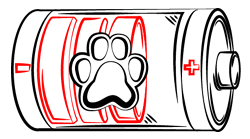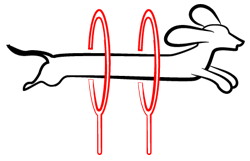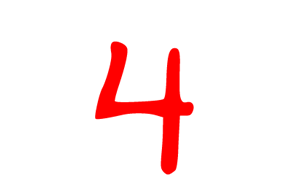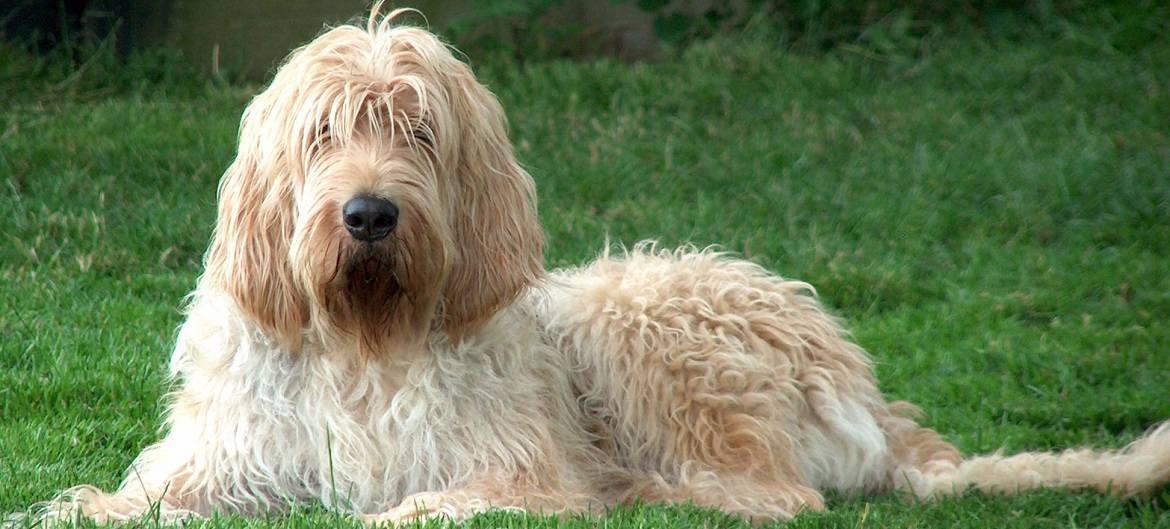
Paws ‘N’ Pups Quickview
Size
| Energy Level
| Trainability
| Paws ‘N’ Pups Rank
|
Characteristics
| Physical Characteristics: Height: 24-28” Weight: 65-125 lbs. Energy Level: Moderate – High | Colors: The American Kennel Club recognizes the Otterhound in the following colors:
|
Health & Longevity
Average Life Span: 10-13 years
The Otterhound is generally healthy, but there are a few health problems this breed may experience.
Hip and elbow dysplasia affect some Otterhounds. Hip dysplasia occurs when the hip joint is malformed and does not allow the thighbone to fit properly into place. Elbow dysplasia results from an abnormal elbow joint. Both conditions are degenerative and lead to discomfort, pain, limping, and, in severe cases, arthritis or even lameness. Surgery may be required to correct the most severe cases.
Gastric torsion, also known as bloat, is another possibility for the Otterhound. Bloat occurs when the stomach is overly filled with gas, liquid, or food, causing it to expand dangerously and putting pressure on other organs. In some cases, the stomach also twists, trapping blood and preventing it from circulating to the heart, lungs, and other vital organs. Bloat can be deadly, so take your dog to the veterinarian immediately if you notice symptoms like pacing, pale gums, a rapid heartbeat, weakness, drooling, failed attempts to vomit, or a swollen stomach.
A potentially fatal bleeding disorder called Canine Idiopathic Thrombocytopenia (CIT) has been reported in some Otterhounds. Abnormally low platelet levels cause CIT. Treatment varies according to severity and may include blood transfusions, antibiotics, or immunosuppressing drugs.
The average lifespan for the Otterhound is 10-13 years.
Temperament & Train-ability
The Otterhound is a large dog with a large personality. He is boisterous, playful, friendly, and rather clownish. At the same time, he is relatively independent and does not require excessive attention from his owner.
This is a rugged breed who should ideally live somewhere rural with an owner who enjoys outdoor activities. The Otterhound should not live in an apartment. Originally bred to hunt otters in England, the Otterhound loves swimming and has lots of stamina. He is not meant to sit indoors all day, and he needs a long walk, swim, or run of several miles daily. For these reasons, the Otterhound is an excellent choice for an active owner who enjoys hiking, running, or swimming. Although the Otterhound loves the outdoors, he is a people-oriented dog who should live indoors where he can benefit from the company of his family. He is calm and well-behaved inside if he is exercised adequately, but he can be destructive if his needs are not met.
The Otterhound loves playing with children, but he can be too rowdy for toddlers. He is also large and tends to be a bit clumsy, so there is potential for accidental injury when interacting with small children. Some Otterhounds are reserved with strangers, while others tend to be friendlier. They typically get along well with other dogs, but they have a natural inclination to “hunt” or chase smaller pets and animals. When outdoors, a leash or a secure fence is a necessity for the Otterhound. Otherwise, he will chase small animals or wander off in pursuit of interesting smells. The fence should be at least six feet tall, as Otterhounds have been known to clear rather high fences with ease.
The Otterhound has a loud, deep bay that travels far. This is another reason a rural environment is best for this breed. He is also very “vocal” and makes a broad range of sounds. It is advisable to teach him a “quiet” command during training. The Otterhound is an excellent watchdog, but he is not always a good guard dog due to his friendly nature and general lack of aggression. Another consideration for a potential Otterhound owner is that he has hairy, webbed feet that track in water, mud, and more. His shaggy coat is also likely to drag in debris and water. Be prepared for a lot of cleaning up after your Otterhound, who will also try to get into your food at any opportunity. Be sure food is securely put away around this breed.
Training an Otterhound requires persistence and patience due to his stubborn and independent nature. Be sure that you clearly and consistently enforce your rules and expectations. At the same time, it is important not to be too harsh or forceful; he does not respond well to severe treatment. Positive reinforcement is the best approach when training an Otterhound, and food rewards are especially effective for this breed. The Otterhound can also be difficult to housebreak. 4-6 months of crate training will likely be required.
Grooming
The Otterhound sheds moderately, and his coat becomes matted very easily. At a minimum, weekly brushing is required, but more may be necessary in some cases.
Some Otterhounds will need a monthly bath, while others will require far less. His bathing needs will depend on his oiliness and the length/thickness of his coat. Clean his beard after every meal, and be prepared to clean his webbed feet frequently.
Be sure to dry your Otterhound thoroughly after every bath or swim to prevent a mildew odor from developing. Be especially careful to dry his skin folds. If he is not thoroughly dried, the Otterhound can also develop itchy, painful patches on his skin.
Trim his nails as needed. Check his ears regularly for signs of infection including redness, tenderness, or odor. Be sure to dry his ears any time they get wet. Brush his teeth 2-3 times weekly to prevent bad breath and ensure healthy teeth and gums.
Diet
The Otterhound should consume 3-4.5 cups of high-quality, dry dog food each day. He loves food, and his diet must be monitored to prevent obesity. Divide his food into at least two smaller meals daily.
Also take preventative measures against bloat, including ensuring that he does not eat his food too rapidly or drink excessive amounts of water directly before or after eating. Enforce a one-hour waiting period between eating and any exercise or strenuous activity.
Looking for an Otterhound?
 Find An Otterhound Breeder |  Otterhound Puppies For Sale |  Adopt An Otterhound |
Cost
The Otterhound is the rarest of all American Kennel Club breeds, with less than forty puppies registered in the United States each year, so be prepared to spend a lot of time trying to track down this breed. Once you do find an Otterhound puppy, they are likely to cost an average of $1,000-$2,000, with some pet quality dogs costing as little as $500 and some show quality puppies costing up to $2,500.
Paws ‘N’ Pups Ranking
Paws ‘N’ Pups ranks every breed out of 4 with 1 being easiest to integrate into your life and 4 being the toughest – The lower the ranking the better.
Ranking takes into account a few basic factors including cost, skill level needed, high vs low maintenance and how critical regular training is to success. The Otterhound ranks a 4. Although he is loving and lovable, the Otterhound needs plenty of exercise and time outdoors. He also is loud, messy, and difficult to train, and a fence must be at least six feet tall to hold the Otterhound. They are also fairly high maintenance when it comes to grooming, and they are exceedingly rare and difficult to find. Still, the Otterhound could be the perfect companion for an active, outdoorsy owner who does not mind committing some time to grooming, training, and clean up.
Breeds Similar To Otterhound
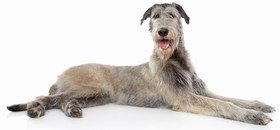 Irish Wolfhound |  Bloodhound | 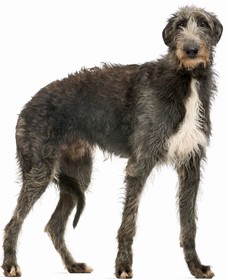 Scottish Deerhound | 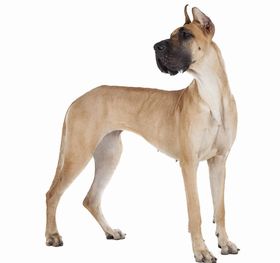 Great Dane |


